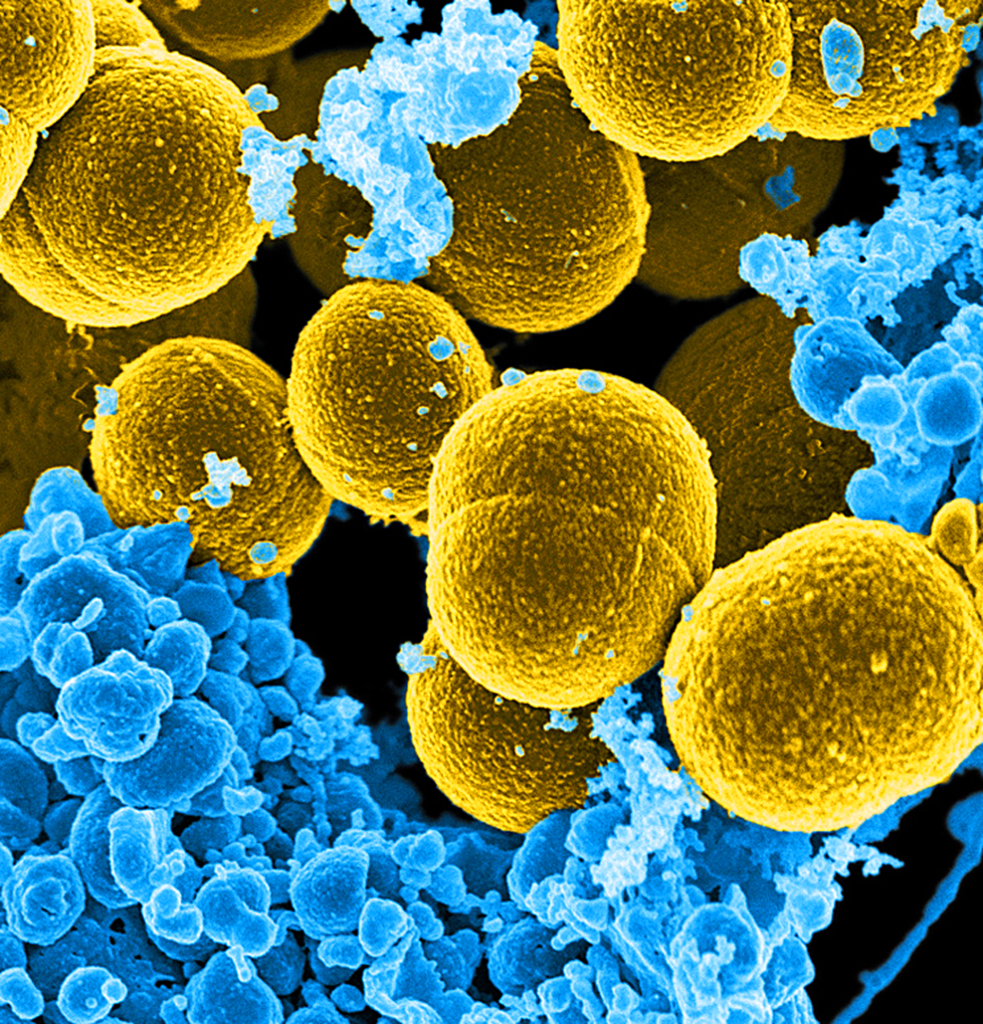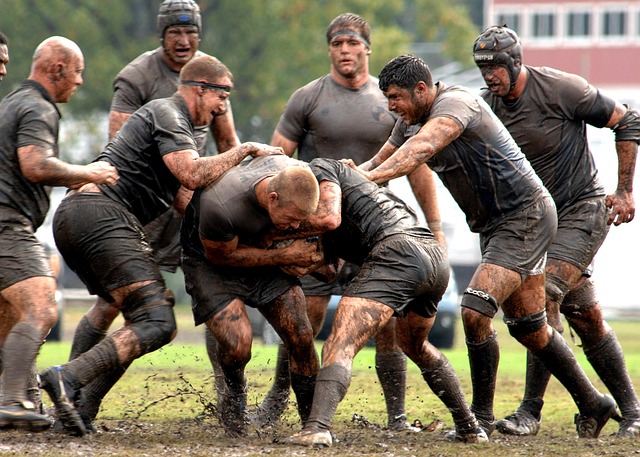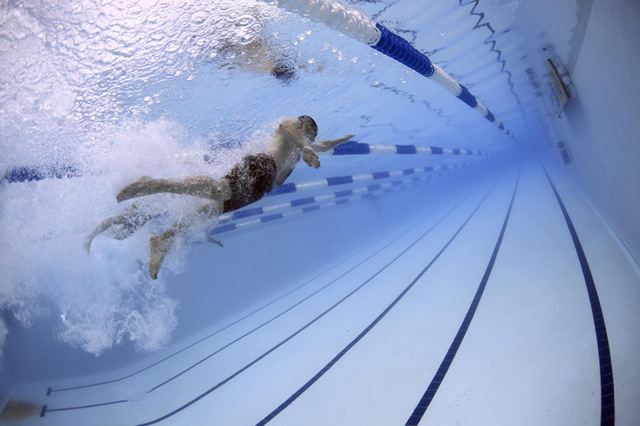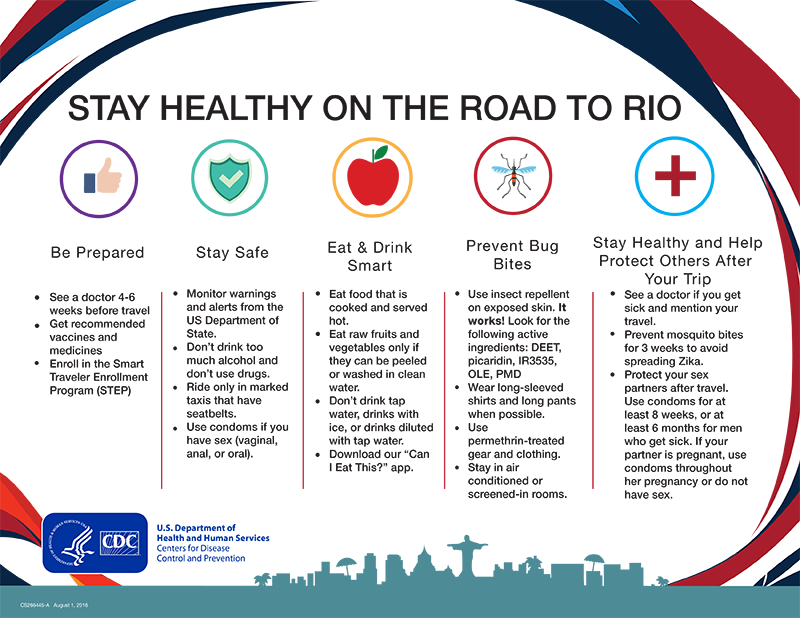After months of anticipation and media coverage about Zika virus and water quality issues in Brazil, the Games of the XXXI Olympiad in Rio de Janeiro are underway. Watching rugby players collide and rowers racing across Guanabara Bay made us wonder which microorganisms Olympic athletes encounter while they compete, and what they are doing to protect themselves from pathogens.
Super Bugs in Guanabara Bay
Recent studies have raised the alarm about an antibiotic-resistant bacteria or “super bug” found on the beaches of Rio. Carbapenem-resistant Enterobacteriaceae (CRE) has been detected on the beaches of Guanabara Bay including Flamengo and Botafogo. Olympic sailors will be competing in this bay which means the athletes need to be cautious when entering the waters near Rio.
 CRE is normally only found in health care settings, but it is likely that sewage from nearby hospitals was washed into the bay and deposited into the surrounding beaches. Some strains of Enterobacteriaceae have developed resistance to carbapenems due to overuse of the antibiotics. Infections are generally contracted from medical devices and can be spread by person-to-person contact. CRE can cause urinary tract infections, bloodstream infections, wound infections, and pneumonia.
CRE is normally only found in health care settings, but it is likely that sewage from nearby hospitals was washed into the bay and deposited into the surrounding beaches. Some strains of Enterobacteriaceae have developed resistance to carbapenems due to overuse of the antibiotics. Infections are generally contracted from medical devices and can be spread by person-to-person contact. CRE can cause urinary tract infections, bloodstream infections, wound infections, and pneumonia.
Fortunately researchers are not concerned about an epidemic of CRE being caused by the Olympics because the concentration of the microbe in the water is minimal. Additionally individuals with healthy immune systems are usually not affected by CRE. Water athletes are being encouraged to shower right after exiting the water and to wash their hands often.
For spectators and athletes who want to visit the beaches of Rio without worrying about safety and sanitary issues, Trip Advisor suggests renting deck chairs from kiosks at beaches and hotels.
Antimicrobial Training Suits for Rowers

CRE is not the only concern for aquatic athletes; Guanabara Bay in Rio is severely polluted with raw sewage, trash and industrial refuse. Efforts have been made to clean up the waters, but contaminates such as fecal bacteria, enteroviruses, rotaviruses, and adenoviruses are still a concern. To help avoid exposure to pathogens, the United States rowing team will be wearing antimicrobial training suits. The suits designed by Boathouse Sports have an “antimicrobial finish” which may be able to protect against bacteria and enteric viruses – but only where their skin is covered. The pathogens could still enter through exposed skin and open wounds.
Unfortunately there is not any protection from water spraying into the faces of rowers and other aquatic athletes. Before the games, some athletes arrived early to expose themselves to the polluted water and build up immunity to water borne pathogens. The U.S. rowing team will have hand-washing stations for rowers to use right out of the water. Even though new high-tech apparel may mitigate some exposure to pathogens, rowers will have to rely on their immune systems to keep them healthy during competition.
 Common Skin Infections in Contact Sports
Common Skin Infections in Contact Sports
In addition to avoiding being run over by a 220 lb. forward, rugby players have to fight off fungal, bacterial and viral skin infections caused by person-to-person contact. Athletes who take part in intense contact sports increase the transmission of microorganisms by sharing equipment and through open wounds and excessive sweating which weakens the skin barrier.
One of the most common bacterial infections for athletes is caused by Staphylococcus aureus. Staph infections can cause redness, warmth, swelling, pus, and pain where an athlete has sores, abrasions, or cuts. The Centers for Disease Control and Prevention (CDC) suggests athletes wash their hands or use hand sanitizer before and after playing sports or weight training, shower after exercising, wash uniforms after each use, and avoid sharing items that are used on skin such as towels, razors and ointments.
 Zika Virus
Zika Virus
Media coverage leading up to the Olympics has been saturated with stories about Zika virus. The rapid spread of the virus and dire consequences to pregnant women who contract a Zika infection caused some athletes and spectators to pass on this year’s event.
Here are the latest recommendations for preventing diseases spread by mosquitoes from the CDC:
- Use EPA-registered insect repellents containing at least 20% DEET (do not use repellent on babies younger than two months)
- Cover up: Wear long-sleeved shirts, long pants, socks, and a hat if possible
- Be sure to choose hotel rooms with window and door screens. If the room does not have screens, make sure there is a permethrin-treated bed net available
- For pregnant women or women planning to become pregnant:
- CDC recommends pregnant women should not travel to any areas below 6,500 feet where Zika is spreading (mosquitoes that spread Zika generally cannot survive in elevations above 6,500 feet)
- If travel to these areas is necessary, meet with your doctor first and follow the steps recommended above to prevent mosquito bites
- If you have a sexual partner who has traveled to these areas, either use condoms or do not have sex during pregnancy
- For partners trying to get pregnant who live in or have recently traveled to areas where Zika is prevalent, follow these guidelines:
- Women: If you have Zika symptoms, wait at least eight weeks after symptoms start. If you have no Zika symptoms, talk with your doctor.
- Men: If you have Zika symptoms, wait at least six months after symptoms start. If you have no symptoms, talk with your doctor
Symptoms of Zika virus infection include fever, rash, joint pain, red eyes, muscle pain, and headache. Symptoms may last up to a week and usually don’t cause hospitalization or death.
Want to learn more about the history of Zika virus? Read our blog post, The Facts about Zika Virus: Past and Present
CDC reminds athletes and spectators that staying healthy during Rio games does not only mean avoiding mosquito bites.
Good luck to all the athletes participating in the 2016 Olympics and Paralympics. Stay safe and healthy!
Check out these resources to learn more:
‘Super Bacteria’ Found At Brazil Olympic Venues, Beaches
‘Superbug’ Found in Rio Bay Not Likely to Cause Infection
Trip Advisor – Rio De Janeiro: Health & Safety
US Rowers Given Antimicrobial Training Suits for Rio Games
The US Rowing Team’s Antimicrobial suits Can’t Defeat Rio’s Polluted Water
U.S. Olympic Rowers’ Unisuits Offer Protection Against Polluted Rio Waters
MRSA Prevention Information and Advice for Athletes
CDC Travel Alerts for 2016 Olympics in Rio







0 Comments
Trackbacks/Pingbacks